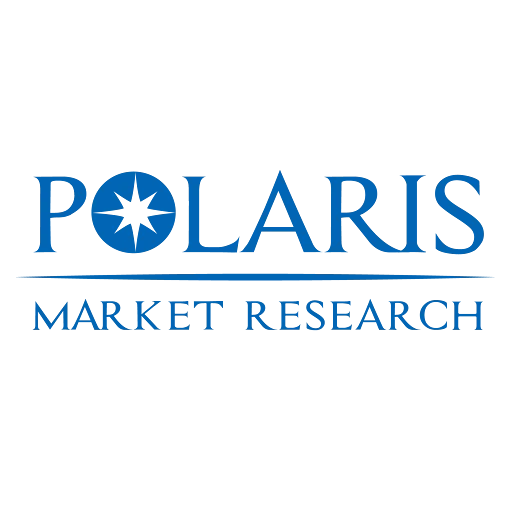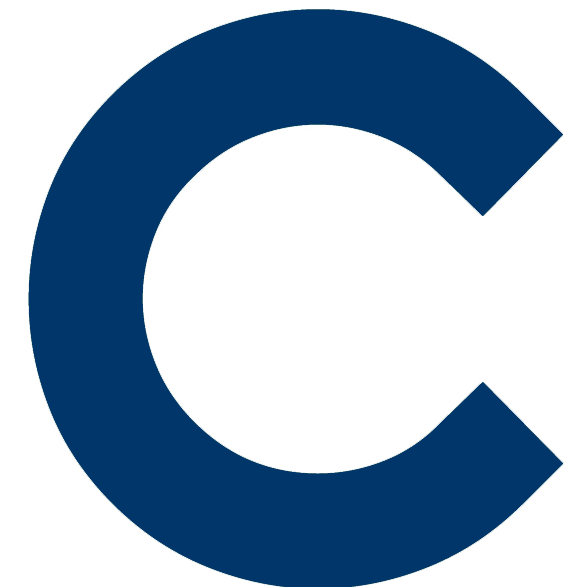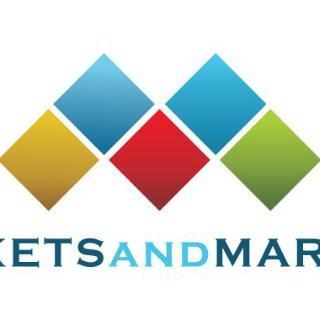The global medical aesthetics market is modeled at USD 17.78 billion in 2024, with forecast growth at a CAGR of 12.0 %. Within that overarching expansion lies pronounced regional differentiation: North America, Europe, and Asia Pacific (along with emerging markets) each present distinct regulatory, technological, trade, and infrastructure dynamics that will define penetration strategies and competitive success.
In North America, the U.S. leads with robust consumer demand, advanced reimbursement frameworks, and concentration of aesthetic clinics, driving a dominant share of global revenue. According to IMARC, the U.S. medical aesthetics market alone was valued at USD 4.1 billion in 2024, with projected expansion to USD 8.8 billion by 2033 (CAGR ~8.7 %). In this region, regulatory clarity (FDA pathways for devices and injectables), intellectual property enforcement, and capital availability for clinic expansion underpin growth. However, it also faces pricing scrutiny, scope-of-practice regulation, and saturation risk in urban corridors. Europe presents a mixed picture: Western Europe (Germany, France, UK) shows mature adoption and steady growth, while Eastern Europe shows latent demand constrained by lower incomes and regulatory fragmentation. European regulatory harmonization (CE marking, MDR for devices) plays a strong role in enabling cross-border market launch, but national reimbursement or subsidy schemes differ significantly. In Asia Pacific, growth is more nascent but accelerating: rising disposable incomes, aspirational consumer behavior, and improved clinic infrastructure underpin momentum. In India, China, South Korea, and Southeast Asia, trade policies, import tariffs on aesthetic devices or injectables, and local regulatory reform (faster device approvals) matter deeply. To mitigate cross-border risks and leverage regional manufacturing trends, many international players are localizing device assembly or formulation manufacturing in China, South Korea, or Singapore hubs, thus reducing lead times and import costs.
Drivers across regions include growing consumer awareness of non-invasive and minimally invasive aesthetic procedures, technological advances (laser, energy-based, injectables, combination therapies), declining downtime, and aging populations with rising interest in appearance preservation. In North America, uptake is often driven by premium willingness to pay and brand prestige; in Europe, incremental reimbursement or clinic consortiums can accelerate adoption; in Asia Pacific, the driver is capacity expansion and urban middle-class uptake. Restraints vary dramatically: in mature markets, market saturation, consumer fatigue, regulatory constraints (such as safety recalls, tightening device oversight), and clinic competition may slow growth. In developing markets, high capital infrastructure costs, lack of skilled providers, and uncertain regulatory regimes can hamper penetration. Opportunities lie in regional market penetration strategies (tiered pricing, localized manufacturing, channel partnerships), cross-border supply chain optimization (reducing cold-chain or component scarcity), and acquisition of regional clinic networks or franchise models to scale quickly. Trends to watch include consolidation in aesthetically adjacent sectors (dermatology, wellness), vertical integration (device manufacturer owning clinic platforms), and trade agreements or tariffs affecting device or cosmetic imports.
Read More @ https://www.polarismarketresearch.com/industry-analysis/medical-aesthetics-market
In North America, where consumer expectations and reimbursement flexibility are highest, the growth trajectory favors premium, differentiated technologies (e.g. novel injectables, AI-guided devices, hybrid offerings). The ability to deliver regulatory clearance, service support, and brand trust matters. In Europe, penetration strategies must adapt to country-by-country reimbursement, localized marketing, and compliance with evolving Europe-wide device standards (MDR/IVDR). Manufacturers may clone regulatory dossiers across the EU but need to calibrate launch pricing locally. In Asia Pacific, the market entry playbook often involves joint ventures, licensing agreements, or technology transfer — local manufacturing enables competitive pricing and reduces exposure to import duties. In Southeast Asia or India, aesthetic adoption is growing in tier-2 cities, so modular clinic rollouts, tele-aesthetic consultation integration, and mobile device units are strategic.
Given this regional variation, a handful of global players are best poised to manage the complexity of cross-regional scale, supply resilience, regulatory depth, and brand trust. The major players with substantial market hold include:
- AbbVie Inc.
- Allergan / Galderma
- Cynosure
- Bausch Health Companies (Solta)
- Alma Lasers / Sisram
These firms deploy cross-border supply chains, regional manufacturing footprints, and market penetration strategies attuned to local regulatory and trade contexts. Their competitive advantage lies not purely in technology, but in mastering regional execution — from logistics to clinic networks to compliance. As the medical aesthetics market scales at 12.0 % CAGR (under your assumption), the winners will be those that combine innovation with disciplined regionalization, agile cross-border supply chain orchestration, and differentiated regional penetration strategies.
More Trending Latest Reports By Polaris Market Research:
Middle East Finished Lubricants Market
Middle East Finished Lubricants Market
Surgical Planning Software Market







